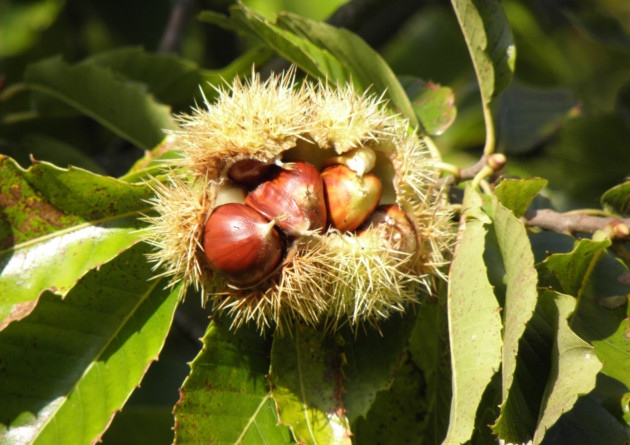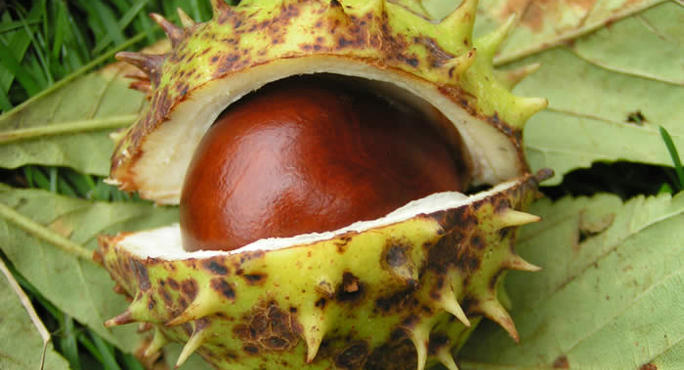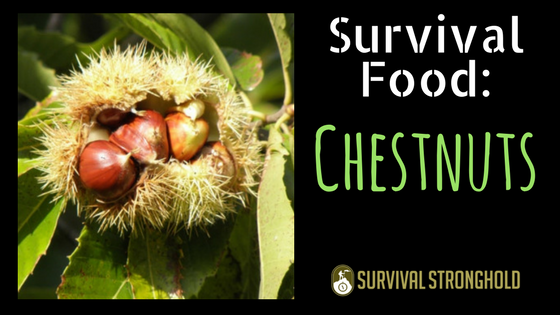Learning to recognize edible food in the wilderness is a vital skill. If you live in North America or Western Europe, you might be lucky enough to come across some chestnuts in the wild.
Chestnuts are an excellent survival food, and you should definitely be familiar with them should you ever need to look for them. They are caloric, full of healthy fats and proteins, and pack a lot of nutritional energy in a small package. They are also easy to carry with you, and, if you were on really strict portions, a small handful could probably sustain you all day if you needed to be so sparing with your food.
Food that you can easily carry with you is incredibly important in a survival scenario, especially something with filling calories like a nut. Fresh caught meat and fish, your most satiating options in the wilderness, typically tend to spoil very quickly, so nuts like chestnuts are a goldmine.
Chestnut trees can typically be found in forested areas, particularly around bodies of water. You are most likely to find them in the fall.
The challenge with chestnuts is you have to make sure you’ve found the edible variety. Sweet, or American chestnuts are edible, while horse chestnuts should be avoided. See below:


When you have identified that you do have the edible, Sweet/American chestnuts, you will then need to make sure they are ripe. If the husk is brown and dry, the nut inside will be sufficiently ripe to eat. These husks will most likely have split open on their own. A warning, though, when the husk is like this, it can be relatively sharp, so use gloves when you collect them if you can, or just try to be careful. A cut on your hand is the last thing you’ll want if you’re stranded and starving.
Beyond the husk, there is a soft inner shell. You will probably need to use a knife to peel this off, as well as the fine brown skin underneath that.
Chestnuts can be eaten raw, although they do contain a small amount of tannic acid, so they are better to cook. To make them easier to cook, you can soak them in water and then roast over an open fire (we all know the Christmas carol…)
These delicious little nuts are a wonderful find in the wilderness, so keep this in mind in case you might ever need to look for them to survive.
If you liked this, you might also enjoy…
Similar to Morphine: The Best Natural Painkiller that Grows in Your Backyard
How to Make Pemmican The Ultimate Survival Food. See it here >>
This Survival Garden Needs No Watering, No Weeding, No Digging, and No Fertilizing!



